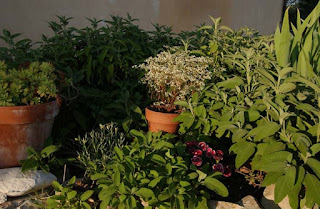13 June 2011
The shutter is what controls how long the sensor is exposed, the longer the shutter is open the more light can be absorbed onto the sensor. The shutter speeds are controlled in seconds and fractions of seconds. There are numbers that represent the speed of the shutter, 1/1000 of a second is fast and 3 seconds is slow. Remember, the lower the number the less light will be let in.
You can see on your manual camera, or digital various settings of numbers that represent the shutter speed.
You can see on your manual camera, or digital various settings of numbers that represent the shutter speed.
1/1000 s 1/500 s 1/250 s 1/125 s 1/60 s 1/30 s 1/15 s 1/8 s 1/4 s 1/2 s 1 s
A fast shutter speed (faster than 1/500th of a second) will allow you to freeze or stop motion while shooting movements.
The term “long exposure” normally refers to the amount of time the shutter stays open, for 1 second and over. It is difficult to shot long exposures without a tripod because your camera will pick up the slightest movements. It is difficult to shot a photo at anything from 1/60 and lower. Sometimes a good trick is to lean against something like a wall, and hold you breath while making the shot. You can also find something nearby to set your camera on for the shot.
 |
| f/16 at 1/10 shutter speed |
 |
| f/16 at 1/13 shutter speed |
 |
| f/16 at 1/15 shutter speed |
 |
| f/16 at 1/20 shutter speed |
 |
| f/16 at 1/25 shutter speed |
 |
| f/16 at 1/25 shutter speed |
 | ||
| f/16 at 1/30 shutter speed |
 | |
| f/16 at 1/40 shutter speed |
 | |
| f/16 at 1/50 shutter speed |
 |
| f/16 at 1/60 shutter speed |
*Tips:
Action: It is good to set your shutter speed at the fastest speed you can depending on your lighting.
Landscape: You will want the slowest shutter speed possible with a higher f-stop to generate a good depth of field.
Night shots: You will want the slowest shutter speed possible (good to use a tripod!) turn off the flash, and use the fastest film speed.
Related lessons:
Related lessons:
What is the difference between Street Photography and Documentary?
Four Easy Steps to Learn panning
High Noon Photography Tips
Tips for Night Photography
Aperture and f/16 RuleFour Easy Steps to Learn panning
High Noon Photography Tips
Tips for Night Photography
Shutter Speed Basics
Bracketing
Depth of Field
Focused Bracketing or Photo Stacking
Exposure








No comments:
Post a Comment